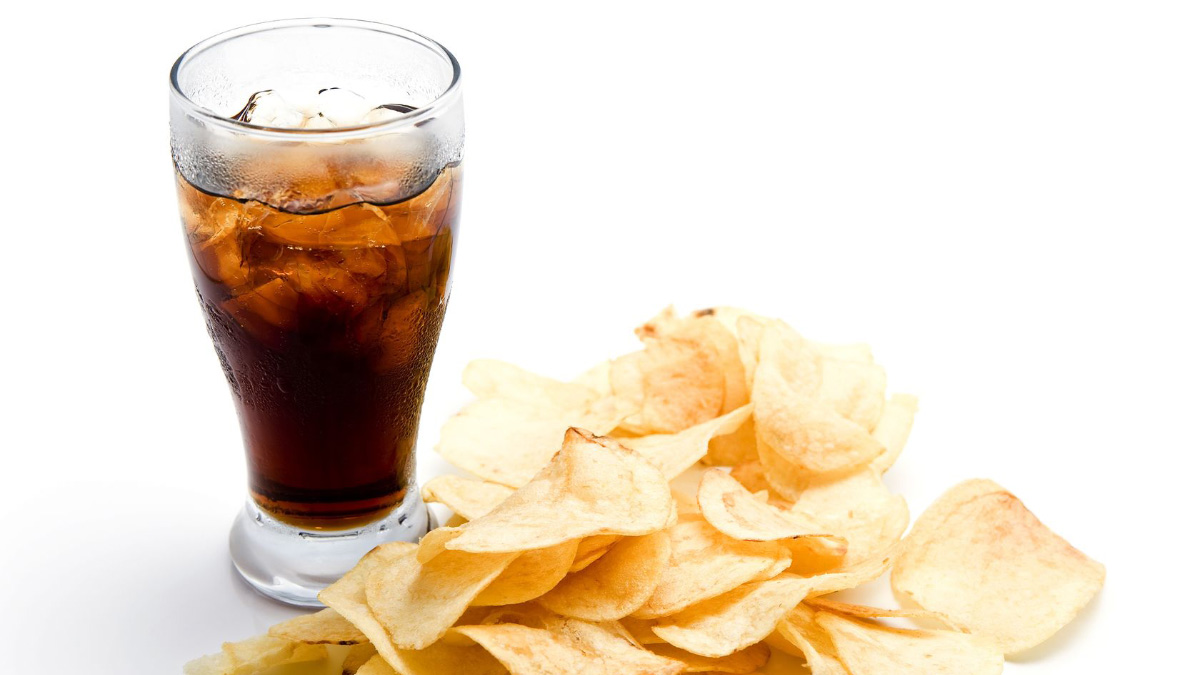Over the past decade or so, paternalistic objections to fat, sugar, and salt have gained traction among policymakers, mostly at the state and local levels of government. Predictably, new taxes have been proposed and imposed on foods and beverages containing those ingredients. For elected officials, the prospect of addressing health concerns while raising new tax revenue is nearly irresistible.
It’s certainly intuitive that taxing sugary soda and bad-cholesterol-ridden potato chips will prompt consumers to buy fewer of those items—and that people will substitute healthier alternatives. But it turns out that consumers’ buying habits do not change markedly in response to the higher prices, and that the burden of those taxes falls most heavily on the low-income, who allocate larger shares of their budgets to food than wealthier people do. Together with our coauthors Adam Hoffer and Regeana Gvillo, we describe these effects in more detail in a new paper published in the Journal of Entrepreneurship and Public Policy.
In assessing these kinds of taxes, it’s critical to understand the consumption choices people have available. Many programs have tried to address unhealthy eating, but individuals eat junk food not just because they enjoy it, but also because of a complex web of eating habits, accessibility of stores, cooking abilities, and time pressures. Even when consumers in lower-income neighborhoods want to buy healthier foods, their options are limited.
High-sugar and high-fat foods are shelf-stable, making them more convenient than food that spoils quickly and giving them a much lower price per calorie consumed. The absence of healthy options in so-called urban food deserts means that taxing junk food will disproportionately harm the people living there. Also, as everyone who has bought food from a vending machine knows, the combination of accessibility and hunger can trigger the purchase of unhealthy food.
Moreover, diet is only one component of a healthy lifestyle. The other components, such as regular exercise and adequate sleep, are not directly related to tax policy.
But the most important, though less obvious, point is worth repeating: expenditures on the items we studied don’t vary much with income, meaning that the poor spend a higher share of their income on these products—making taxes on them regressive.
People do tend to buy more expensive, higher-quality versions of alcohol, tobacco, and some foods as their incomes rise. The largest effect reported in our paper was for alcohol: a household that makes 1 percent more income spends, on average, 0.31 percent more on alcohol. (For the average household, this means that if income goes up by $428 per year, alcohol spending goes up $1.) But the quality of things like soda and potato chips does not scale up, and so expenditures remain basically constant regardless of income.
It is widely accepted that eating better enhances health, lowers health-care expenditures, and improves the quality of life. The problem is that the link between taxes on unhealthy food and the consumption of such food is weak, and that those taxes come at the expense of the most vulnerable segments of society.












